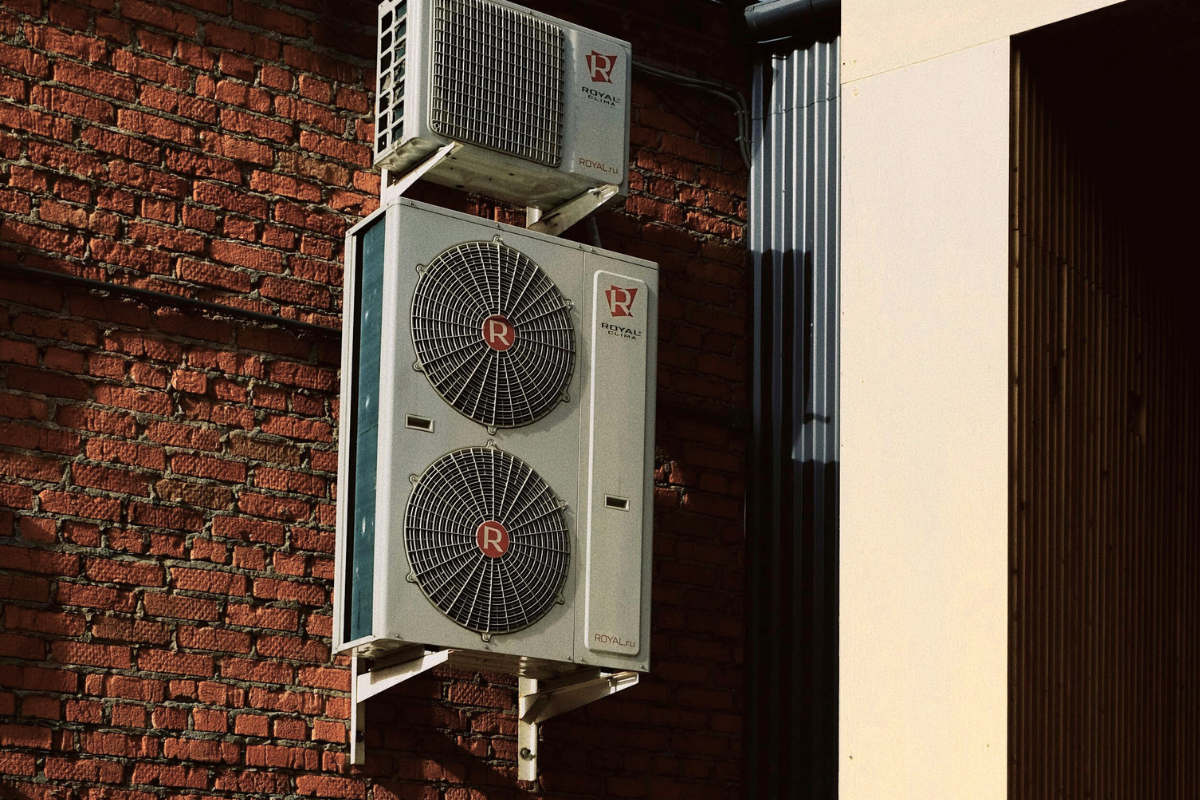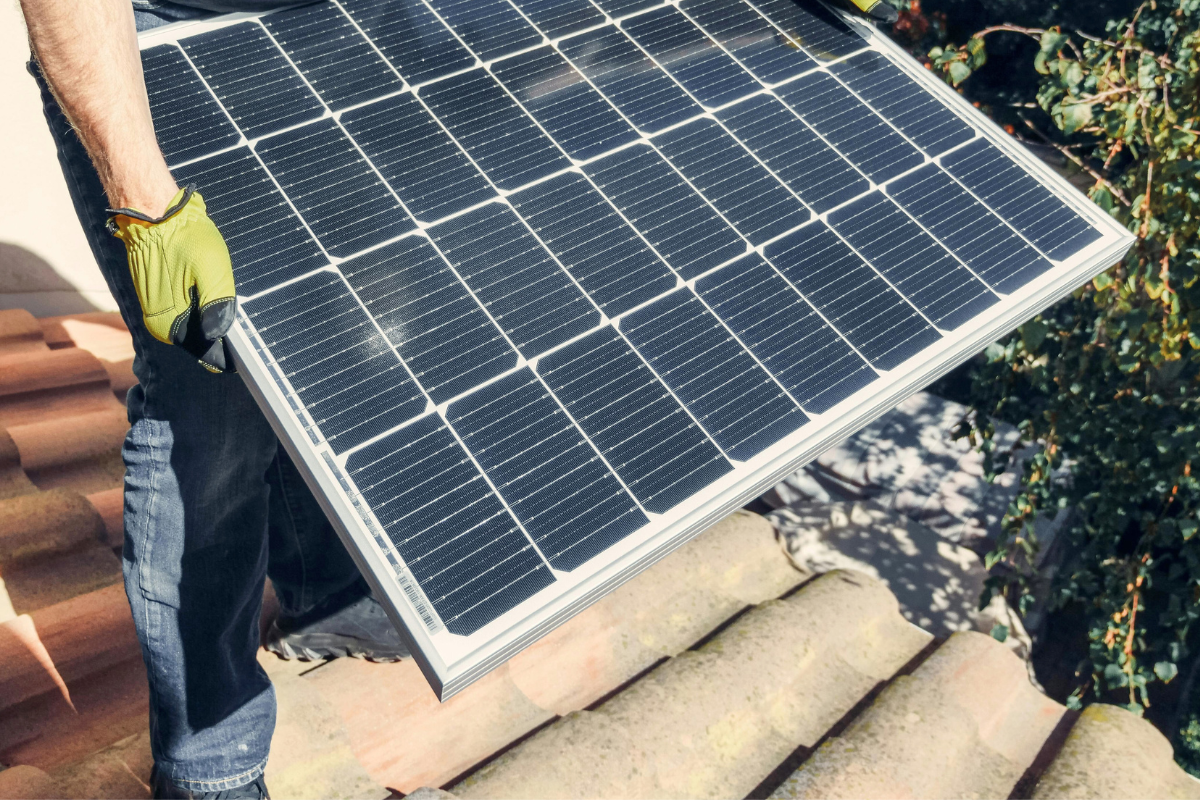Here in the heart of London, we’re surrounded by buildings steeped in history, prestige, and purpose. But while the façades might be timeless, the inner workings often aren’t. So, what happens when the very lifeblood of your buildings – the HVAC systems that should deliver comfort, power operations, and ensure compliance – begin to falter with age?
You’ve likely encountered those nagging issues that hint at deeper problems with your building's essential systems. Instead of a generic hum, it can be a boiler that groans and rattles loudly upon start-up. This is not just a minor inconvenience; it is a flashing amber light indicating that essential building assets are nearing their critical point. Let’s explore how to spot the warning signs – and what smarter, future-ready solutions are available today.
Want to know more about end-of-life building assets? For understanding the risks of ageing plant, read our article here.
Are you noticing patches of rust forming on pipework or small but persistent leaks around valves and connections? Perhaps you're finding yourself calling out engineers more frequently for minor breakdowns and repeated repairs on the same equipment?
Even seemingly subtle changes in performance can be significant. Does it now take a noticeably longer time for the building to reach the desired temperature in the morning? Have tenants started to complain that the air conditioning isn't as effective as it used to be?
These are not just signs of wear and tear - they indicate your HVAC equipment is ageing. Look out for the following symptoms of HVAC systems nearing end-of-life:
Inconsistent temperatures across your floors
Slow warm-up times in the mornings
Unusual noises: grinding, whirring, or clunking from the plant
Persistent leaks, rust or corrosion
Frequent minor repairs or increasing engineer callouts
Mounting utility bills with no change in building occupancy
Lower EPC ratings, triggering compliance concerns
Outdated HVAC systems are not just inefficient; they lead to hidden costs, too. They breed tenant dissatisfaction, inflate your operational expenditure through high utility costs, and carry the ever-present threat of sudden, costly breakdowns that disrupt business and tarnish reputations.
In today's world, where ESG (Environmental, Social, and Governance) credentials and regulatory compliance are paramount, clinging to outdated infrastructure doesn't just impact your budget – it jeopardises your building's value and future-readiness. This matters, as your building’s carbon footprint is significantly impacted by HVAC equipment.
The European Heat Pump Association (EHPA) notes an increasing interest in heat pumps across the UK, which means that if you are not proactively choosing sustainable HVAC, you might be missing out oncompetitive edge with investors.
Strategic intervention before failure allows for smart budgeting, grant applications (such as the Boiler Upgrade Scheme), and phased upgrades that minimise operational disruption.

Many facilities managers and property owners delay HVAC replacements in favour of short-term fixes. However, this reactive approach leads to:
High emergency maintenance costs
Unpredictable downtime
Inefficient energy use that fails your ESG goals
Inability to meet Net Zero or compliance targets
Karsons’ Asset Lifecycle Audits and Condition Surveys are designed to give you clarity and control. Our technical team identifies performance gaps and builds a forward-looking roadmap for replacement, budgeting, and sustainable upgrades.
Repeated non-compliance with TM44 or poor EPC grades
End-of-life refrigerants or components are no longer supported
Consistently high seasonal energy usage (kWh/m²)
If you’re unsure when to act, our audits are your building’s best defence, providing data-backed insights to move from “patch and hope” to “plan and optimise.”
When HVAC systems reach the end of their life, it's a critical opportunity to transition to smarter, cleaner, and more efficient technology. Modern HVAC technologies are more adaptable than ever before.

What it is: Extracts heat from outdoor air to heat (and cool) indoor spaces via electricity.
Best for: Most commercial properties, especially in urban environments.
Why it works: Easy to install with minimal infrastructure; dual heating and cooling from a single system.
Sustainability edge: No on-site emissions, highly efficient, and eligible for government incentives.
What it is: Transfers heat from the ground using underground pipes (boreholes or horizontal loops).
Best for: Buildings with space for boreholes or long-term owner-occupied sites.
Why it works: Ground temperature remains stable year-round, delivering high efficiency.
Sustainability edge: Ultra-low operating emissions and outstanding long-term energy savings.
What it is: Extracts heat from nearby water bodies such as rivers, lakes, or underground aquifers.
Best for: Properties near natural water sources or aquifer access.
Why it works: Water retains more heat than air in winter, ensuring stable performance.
Sustainability edge: High efficiency, renewable thermal source, and low carbon operation.
What it is: Combines a heat pump with a modern condensing gas boiler.
Best for: Buildings in transition where full electrification isn’t immediately viable.
Why it works: Balances low-carbon heating with backup resilience during peak demand.
Sustainability edge: Enables phased decarbonisation while maintaining comfort and compliance.
What it is: Integrates solar PV panels to offset HVAC energy consumption.
Best for: Buildings with good roof space and high daytime energy use.
Why it works: Powers HVAC systems using clean energy during peak daylight hours.
Sustainability edge: Reduces reliance on grid electricity and enhances EPC ratings.
What it is: Stores heating or cooling energy for later use, paired with advanced BMS controls.
Best for: Sites with time-of-use energy tariffs or variable occupancy.
Why it works: Shifts energy use to off-peak hours, improving efficiency and cost control.
Sustainability edge: Lowers emissions and energy bills by optimising demand response.
Download our HVAC Sustainability Comparison Table (PDF) to compare all major upgrade paths based on cost, carbon savings, and performance criteria.
That quick fix for a struggling chiller or a temporary patch on an old control system might feel like a win in the short term. But beware the long game. These recurring maintenance costs, coupled with the inherent inefficiency of ageing plant, create a financial drain that far outweighs the investment in a modern, efficient system. It’s like trying to bail out a leaky boat with a teacup – ultimately futile and resource-intensive.
Through our detailed lifecycle assessments, we provide you with the hard numbers, revealing:
The True Cost of Inertia: Quantifying the cumulative expense of maintaining outdated assets versus investing in a future-proof solution.
The Energy Efficiency Gap: Pinpointing the exact amount you're overspending on energy compared to industry benchmarks for efficient systems.
The Hidden Price of Downtime: Evaluating the potential disruption to your tenants and business operations caused by unexpected equipment failures.
The Compliance Crossroads: Identifying potential breaches in EPC (Energy Performance Certificate), MEES (Minimum Energy Efficiency Standards), and TM44 (Air Conditioning Inspections) regulations due to outdated infrastructure.
Your HVAC system should be an enabler, not a liability. Whether you are looking for an asset lifecycle audit, capital expenditure planning, or advice on smart investment in sustainable HVAC equipment, we’re here to help.
Call us today: 020 3282 7605
Book your Lifecycle Audit: info@karsonsconsulting.com
Explore our other solutions: Services » Home
Let's work together to ensure your buildings not only stand the test of time but thrive in the evolving landscape of London's commercial property market.
Karsons Consulting are members of the Chartered Institute of Building Services Engineers, The Association of Consultancy and Engineering, British Institute of Facilities Managers and the Building Services Research and Information Association.